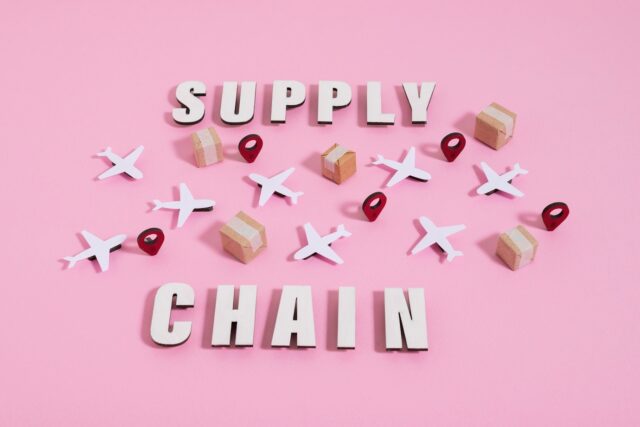In today’s fast-paced and highly competitive global market, supply chain efficiency is more critical than ever. Achieving end-to-end visibility in supply chains is not just a luxury; it’s a necessity.
This comprehensive overview explores why having a transparent supply chain from start to finish is vital, touching on the benefits, challenges, and strategies to enhance visibility.
Understanding End-to-End Visibility
End-to-end visibility refers to the ability to track and trace products and materials throughout the entire supply chain, from raw material suppliers to the final customer. This level of transparency allows businesses to monitor every step of the supply chain, ensuring that all processes are running smoothly and efficiently.
Such visibility is crucial because it helps companies identify potential issues before they become significant problems. By having a clear view of every stage, businesses can quickly address disruptions, manage risks, and maintain continuous improvement.
Modern technology plays a pivotal role in achieving end-to-end visibility. Advanced tools such as Internet of Things (IoT) devices, blockchain, and artificial intelligence (AI) enable companies to gather, analyze, and utilize vast amounts of data.
Benefits

One of the primary benefits is improved operational efficiency. By having a comprehensive view of the supply chain, businesses can identify bottlenecks, streamline processes, and eliminate waste.
This increased efficiency leads to significant cost savings. Companies can reduce excess inventory, minimize transportation costs, and avoid costly delays. Utilizing the best parcel-tracking software enhances these efficiencies further by providing real-time updates and accurate delivery forecasts. Additionally, better visibility helps in negotiating better terms with suppliers and partners by providing clear data on performance and reliability.
Furthermore, efficient supply chains translate to faster delivery times, enhancing customer satisfaction and loyalty. Satisfied customers are more likely to return and recommend the business, driving revenue growth.
Challenges in Achieving End-to-End Visibility
One of the biggest challenges in achieving end-to-end visibility is integrating data from various sources and ensuring its quality. Supply chains often involve multiple stakeholders, each using different systems and technologies.
To achieve seamless visibility, businesses need to integrate these disparate systems into a cohesive network. This requires significant investment in technology and infrastructure, as well as collaboration among all parties involved. Another major challenge is maintaining privacy and security. With vast amounts of data being shared across the supply chain, protecting sensitive information is paramount.
Strategies to Enhance Supply Chain Visibility

Advanced analytics is a powerful tool for enhancing supply chain visibility. By analyzing data from various sources, businesses can gain deeper insights into their operations. Predictive analytics, for example, can forecast demand, identify potential disruptions, and suggest optimal inventory levels. This enables companies to plan more effectively and reduce uncertainties.
Collaboration and communication are essential for achieving end-to-end visibility. Businesses need to establish strong relationships with all stakeholders, including suppliers, logistics providers, and customers.
Conclusion
In the modern world of complex supply chains, end-to-end visibility is crucial for staying competitive and meeting customer expectations. By leveraging technology, improving data integration, and fostering collaboration, businesses can achieve the transparency needed to optimize operations and manage risks effectively.
Embracing these strategies not only enhances efficiency and reduces costs but also builds a more resilient and adaptable supply chain for the future.




